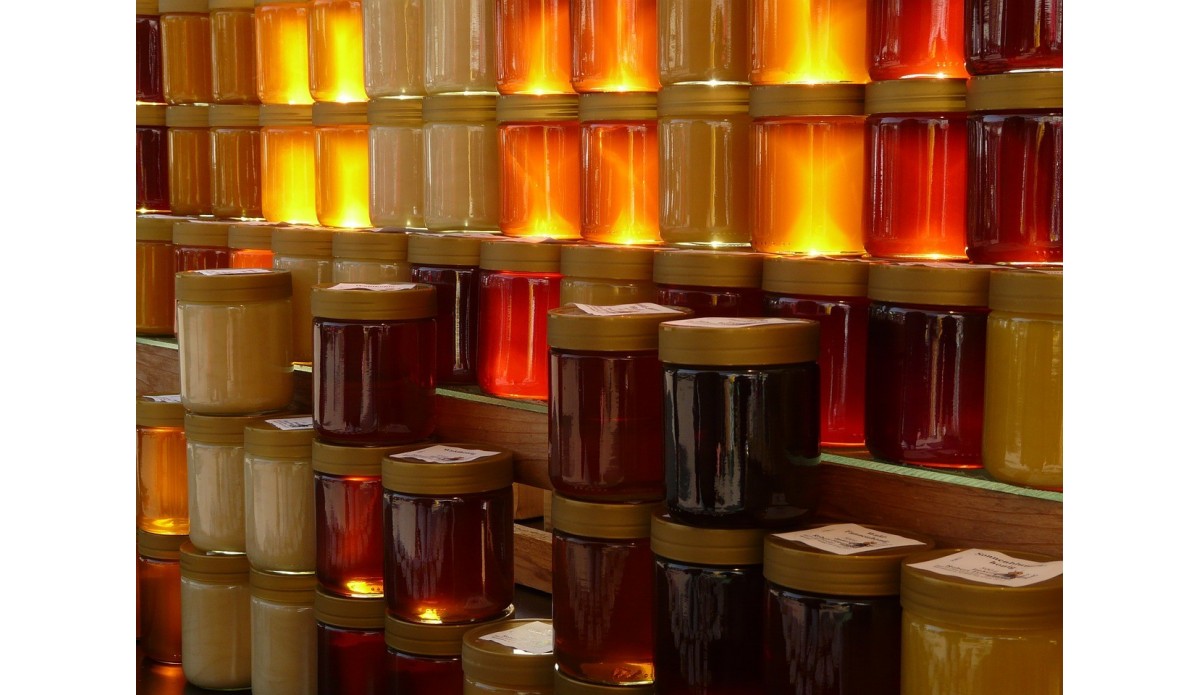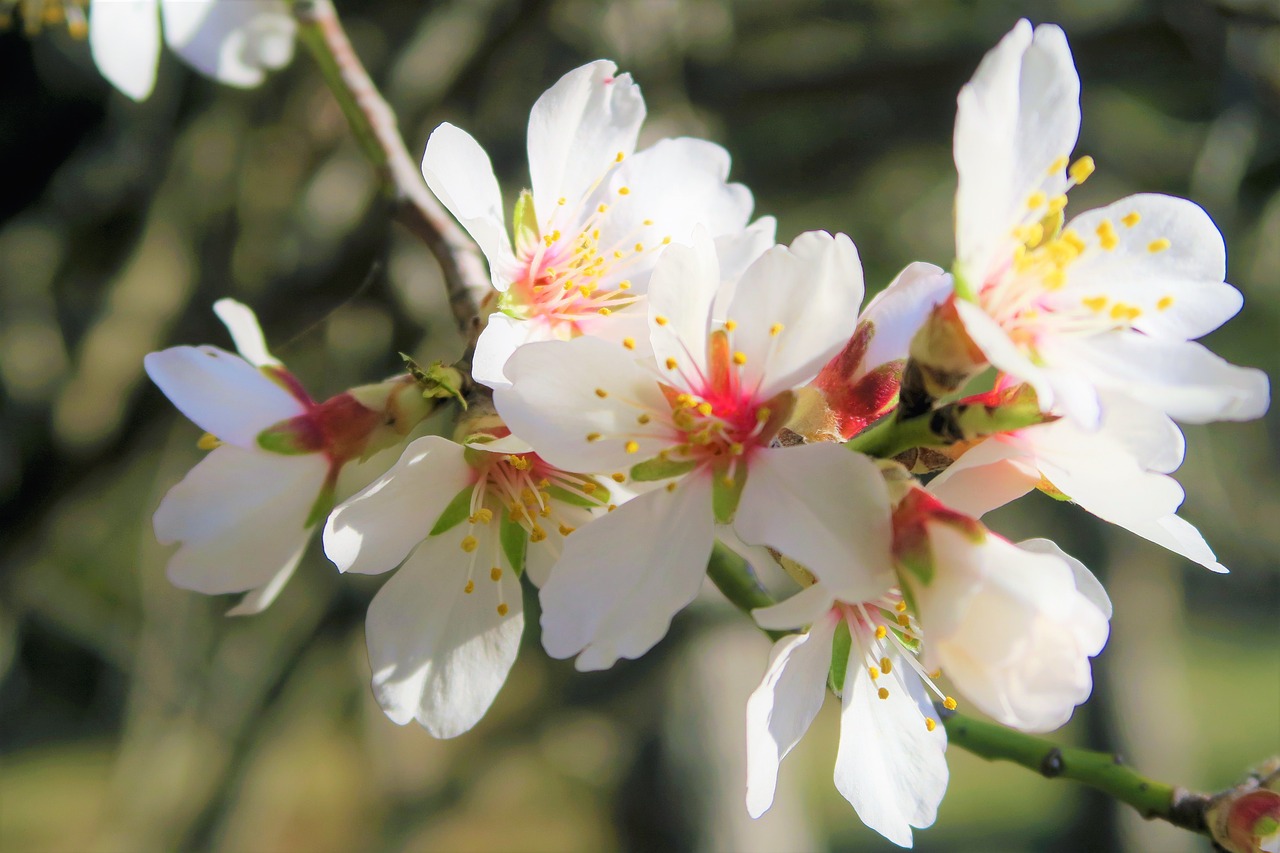Types of honey (part 2)

In this second part we are going to talk about honey from savory honey, alfalfa honey, buckwheat honey (buckwheat), carob honey and almond honey.
As we have seen, there are many different types of monofloral honeys.
As we have specified before, to consider a honey as a floral monkey, a pollen analysis of the honey must be made in order to attribute it to a specific type of flower variety.
We continue with the list:
Savory Honey: Savory is a wild aromatic plant that is predominantly found in southern Spain and grows in the form of scrub. Savory was once used traditionally in the culinary field for its pleasant aroma. Savory has a very particular white flower and pleasing to the eye, whose flowering is produced from medium summer. Savory honey has a light amber color and has a very pleasant characteristic floral aroma.

Alfalfa honey: Alfalfa is a perennial plant that reaches up to 1 meter high and is traditionally used as fodder. Alfalfa can also be found in wild areas, in which alfalfa can grow in its natural cycle and thus flourish.
Alfalfa honey is very light amber and has a very aromatic smell. Sometimes there is also a presence of the nectar of other flowers that grow in its surroundings. Therefore, in order to be considered as alfalfa honey, there must be a minimum of 20% alfalfa pollen grains in the composition of said honey.

Buckwheat honey (buckwheat): buckwheat does not contain gluten, it measures up to almost a meter and a half and has beautiful flowers, which are highly appreciated by bees. The color of buckwheat honey is dark amber and has a somewhat strong and very peculiar taste.

Algarrobo honey: The flowers of the carob tree are small, but they attract bees a lot because they are nectariferous flowers. The honey of the carob tree is of amber color, duce and with a floral aroma.

Almond honey: the almond tree blooms, depending on the area, from January to April (normally, the almond tree flower is said to indicate the beginning of spring). The almond blossom lasts about 2 weeks. The almond blossom is white and is very characteristic.
It is precisely 2 weeks the time that bees will have to collect the almond flower nectar.
In this case, having only 2 weeks, both the bees and the beekeeper must have everything ready for the almond honey campaign. For example, it will be the beekeeper's job to have enough hives and bees prepared to successfully achieve the production of such precious honey.
The color of almond honey is very clear and its flavor is reminiscent of raw almond.

In the next blog post, we will continue to enrich the list of different types of honey that extraordinary bees can offer us.
Mundoabejas.com team







Comments
No comment at this time!
Leave your comment